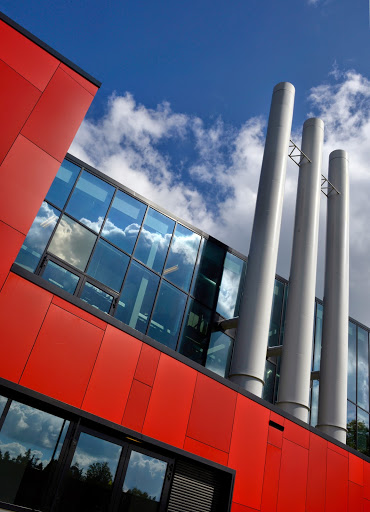On 5 November 2010, King Willem-Alexander (who was still a Prince at the time) wrote ‘I declare the MESA+ NanoLab open' on a human hair. Since that day, the largest nanotechnology research facility in the Netherlands has been a reality. This week, NanoLab is celebrating its fifth anniversary on the University of Twente campus. Over the past five years, the lab has vaporized five kilogrammes of gold, conducted 120,000 hours of research, cleaned 20,000 suits and published 2000 scientific articles. Here we take a look at five years of the NanoLab in ten figures.
The MESA+ NanoLab provides facilities for researchers from the University of Twente and the business community to carry out research work in the field of nanotechnology. For example, they are working on new materials and conducting research into storing (renewable) energy, applications for early diagnosis and new forms of electronics. The cleanroom has a surface area of 1250 square metres and its construction involved some extremely strict specifications in order to ensure maximum safety and prevent unwanted contamination from the outside environment.
1) 120,000 hours of cleanroom research
Over the past five years, at least 120,000 hours of research have been done in the pristine environment of the cleanroom. A significant portion of this research - about 40,000 hours - was conducted by researchers from outside companies. Much of the research carried out by scientists from the University of Twente - who spent 70,000 hours in the lab - involved working with or on behalf of industry. Master’s students from the University of Twente, mainly from the programmes in Nanotechnology, Applied Physics and Electrical Engineering, are also able to use the high-tech facilities for their research projects. They completed about 10,000 hours of research.
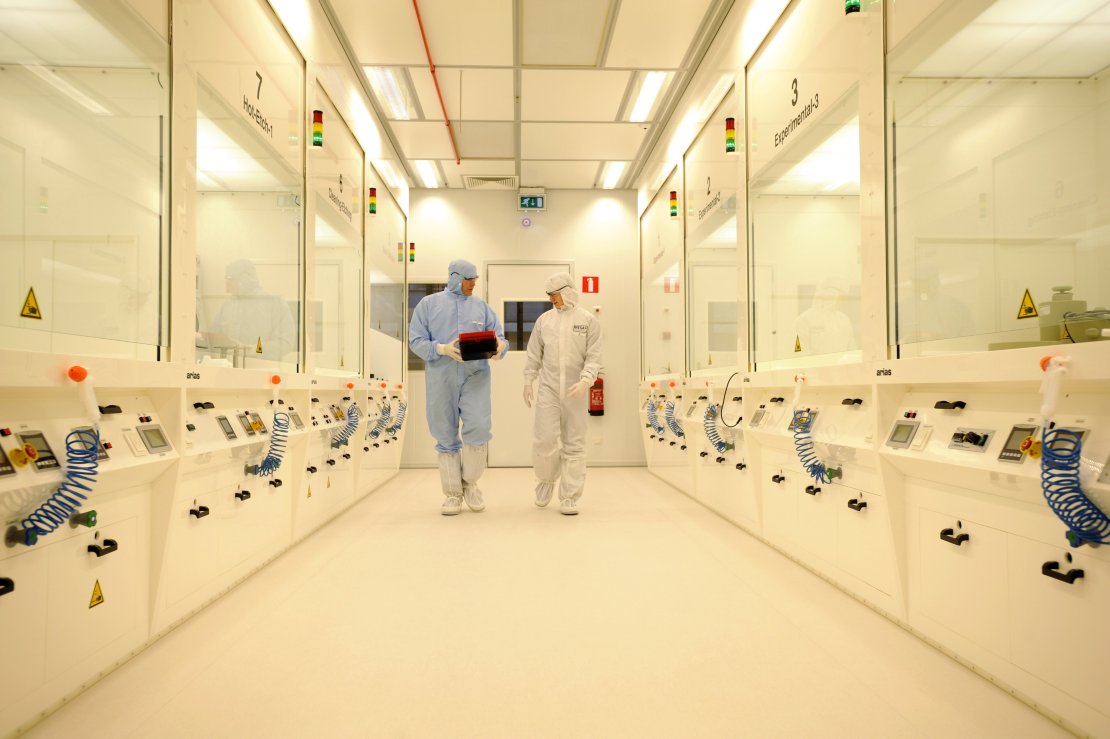
2) Over 2000 publications
Over the past five years, research carried out in MESA+, a large proportion of which has taken place in the NanoLab, has resulted in over 2000 scientific publications based on ground-breaking research. A remarkable number of these were published in high-profile scientific publications such as Nature and Science (here are some recent examples 1, 2, 3, 4).
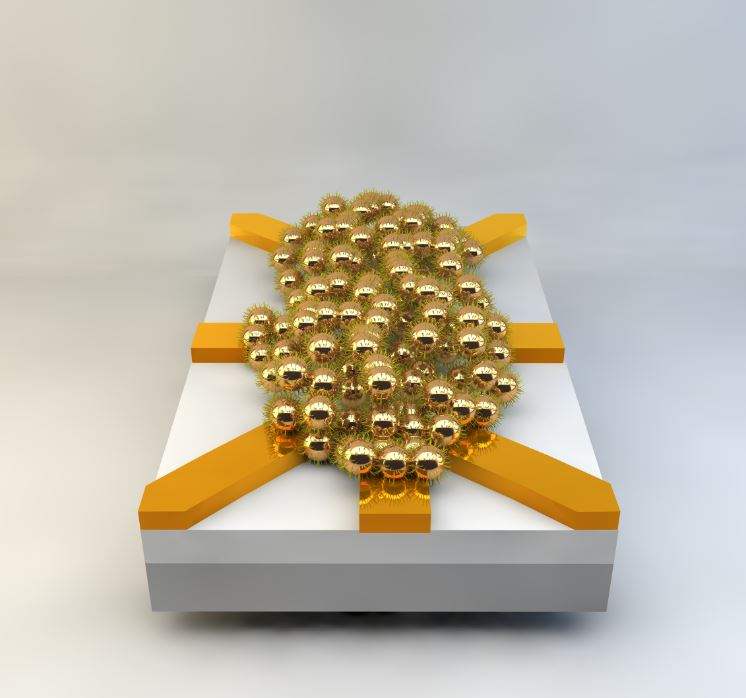
3) 594 employees, 47 nationalities
MESA+ currently has 594 employees from 47 different countries. These include 44 professors, 279 doctoral candidates, 111 postdoctoral researchers and 60 technicians.
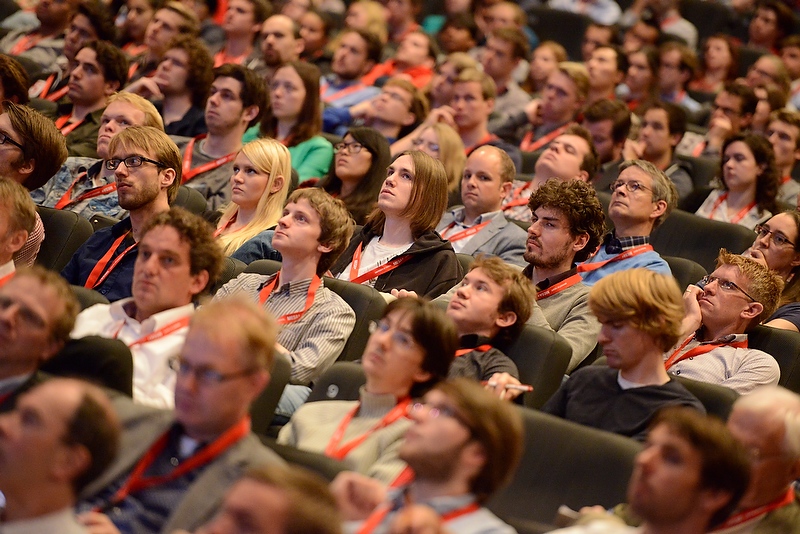
4) 5 kilogrammes of gold vaporized
One of the NanoLab’s specialities is creating extremely thin layers with a thickness of just one atom. This involves vaporizing a material, such as gold, which then condenses on a surface to form an extremely thin layer. By layering multiple very thin layers over each other, it is possible to create completely new materials with properties that have never been previously observed. Over the last five years, no fewer than five kilogrammes of gold have been vaporized. That is the equivalent of a layer of gold leaf (100 nanometres thick) the size of a two-lane highway stretching for 3.5 kilometres.
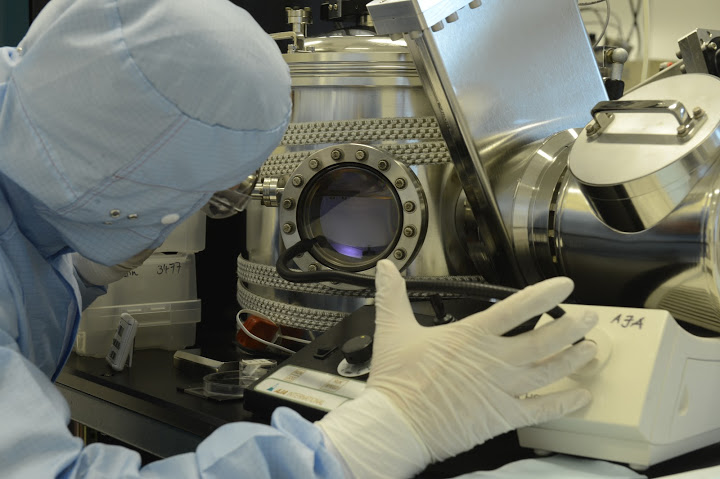
5) 40,000 wafers
A total of 40,000 wafers have been used in the NanoLab over the last five years. These are thin, flat silicon discs which can be used to make computer chips, for example, by creating or modifying thin atomic layers within them. Millions of transistors can be contained in a single wafer.

6) 7,500 visitors
Over the past five years, NanoLab has welcomed around 7,500 visitors, including a future king. This number includes about 3,000 students. For MESA+, it is very important to encourage an interest in science and technology among young people. The number of school pupils who come to visit the lab is growing every year. In its anniversary year, MESA+ will also organize additional opportunities for students to come and visit.
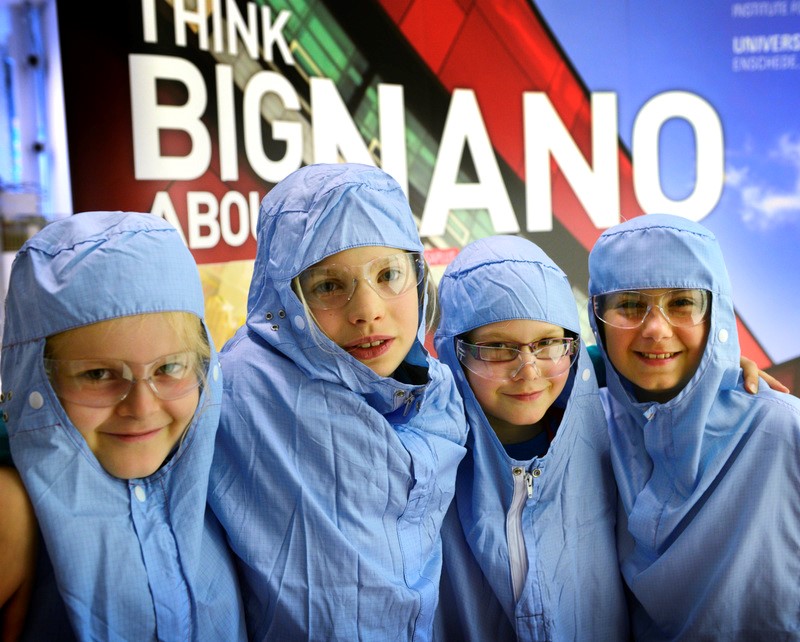
7) 29 patents
The University of Twente’s Business Development Team helps researchers to protect their discoveries and develop business cases and assists with the transfer of knowledge to a new or existing business. Over the past five years, MESA+ has applied for no less than 29 patents for new inventions. The Business Development Team is committed to encouraging entrepreneurship among employees in a range of areas, such as by setting up spin-off companies. This has recently led to the new start-ups Euro Kite and Tide Microfluidics.
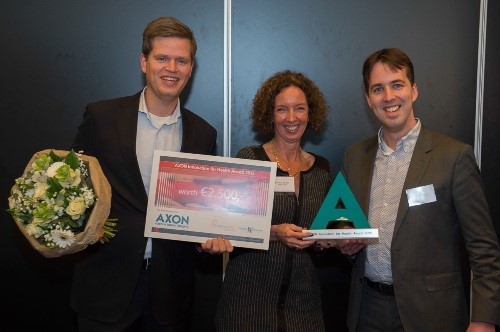
8) 295 theses
An important part of the research done in the lab is carried out by PhD students from MESA+. Over the past five years, no fewer than 295 scientists have gained their PhD on the basis of research done at MESA+.
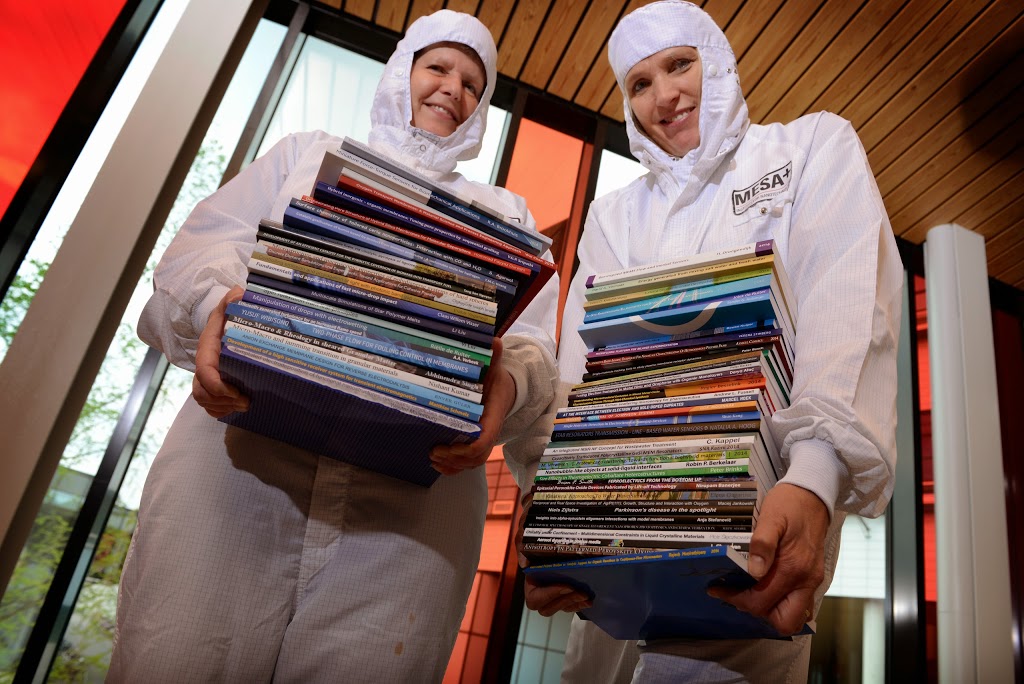
9) 20,000 suits
People have a picture of nano scientists wearing something that looks like a space suit, sealed off from the outside world. But in fact the suits are not worn to protect the scientists, but to protect the materials that they are working with from contamination by humans. A single skin cell or a tiny hair can be fatal to materials at the nanoscale. In five years, no fewer than 20,000 suits have been cleaned.

10) 5.25 billion cubic metres of air purified
The cleanroom in the NanoLab is an extremely clean environment. The air has to be purified to prevent dust, hair, and skin cells (all of which are many times larger than the components that are created in the lab) from interfering with experiments. The air in the building is being replaced continuously. Over the last five years, over 5 billion cubic metres of air have been purified. That is the equivalent of the total amount of air consumed by the entire population of the Netherlands in 10 days.
